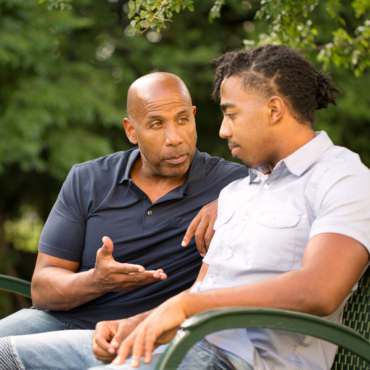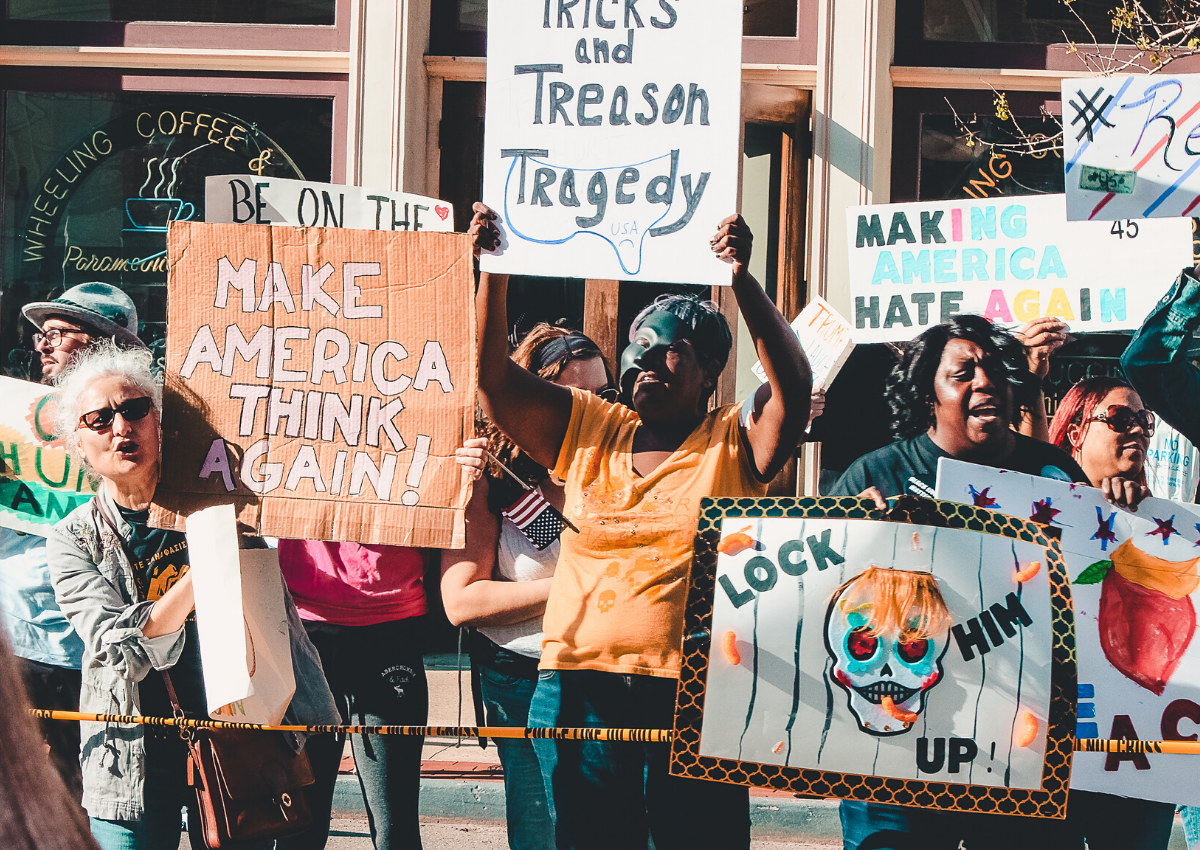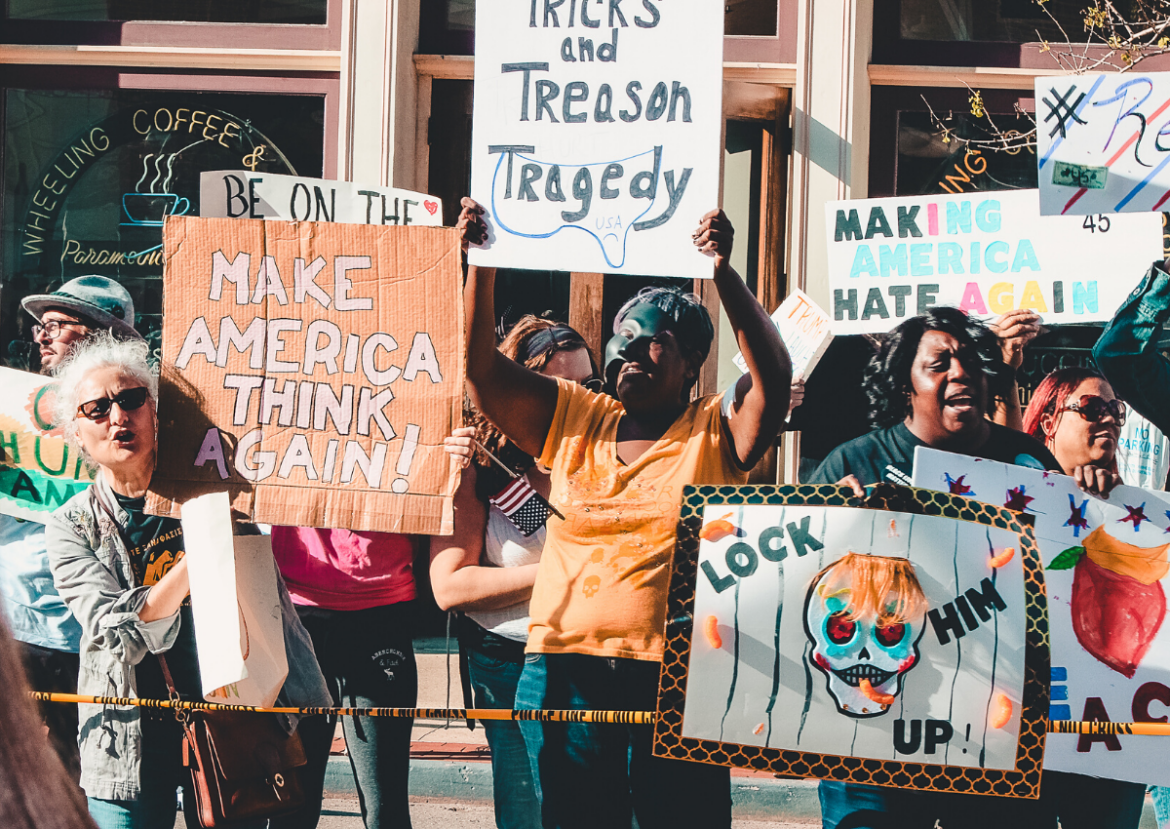
Teaching More Than The Golden Rule
A teacher affects eternity; he can never tell where his influence stops. Henry Adams, Historian Caring School Community Educators absolutely lead students to value others in the course of their […]

You never change things by fighting the existing reality. To change something, build a new model that makes the existing model obsolete.
Buckminster Fuller
In a December 2014 interview with Esquire, Micah White, one of the Occupy Wall Street (OWS) founders said, “My thinking is moving away from protest. Instead, I’m more interested with…getting large numbers of people to change their behaviors, to de-pattern themselves…” He realized what he had been doing wasn’t working.
Kalle Lasn is 69 years old and lives the peaceful life of the angry anarchist with his wife on their 5-acre farm in Vancouver, British Columbia. He was the founder of Occupy Wall Street, but an unlikely figure to create its longed for accountability. In some form of rebellion against his previous life as an international advertising executive, Lasn founded Adbusters,

…a loose global network of artists, writers, environmentalists, ecological economists, media-literacy teachers, reborn lefties, ecofeminists, downshifters, high school $%*&-disturbers, campus rabble-rousers, incorrigibles, malcontents and green entrepreneurs. We are idealists, anarchists, guerrilla tacticians, pranksters, neo-Luddites, poets, philosophers and punks.
(Cultural Revolution, 2001)
One evening in June, 2011, Lasn and his Senior Editor at Adbusters, Micah White, began discussing the potential for something like Occupy Wall Street. Out of those discussions came the now famous image of the Ballerina atop the Wall Street Bull against a backdrop of protesters and teargas proposing “#OccupyWallStreet September 17th, Bring Tent.” From there the movement took on a life of its own.
Micah White had been fighting established systems since Middle School where he refused to stand for the Pledge of Allegiance. At 17, as founder of the High School Atheist Club, he was a featured guest on Bill Maher’s Politically Incorrect and spoke at other Atheist forums around the country. After graduating from Swarthmore, White joined Lasn in the Adbusters’ anti-consumerism quest.
It is hard to read many of the stories on the 231 pages of posts at the “We Are the 99% Tumblr” page without thinking White and Lasn were getting at something important:
I am a female mechanical engineering student. I’m so good at Calculus, Physics, and 3-D designs. Dean’s List student, even for classes as Calc 3 and Dynamics. I have no co-signer for loans, so I am only eligible for enough to cover books and tuition. It’s taken me 5 years to complete 6 semesters because I run up my credit cards to pay for gas and food, and I can’t go back until I pay the balance down some….I’m 25, live at home, and I bartend 50 hours a week. I want to design machines and energy systems that have a positive impact on our society.
Source: http://wearethe99percent.tumblr.com/
It’s too early to tell if OWS was a success or failure, but for the time being the movement has at least faded. Critics (internal and external) argue the movement has waned for lack of one clear demand – the immovable objective to which it could be accountable. The drafts of demands put forth by OWS, unbeknownst to the authors, were orbiting around something that is actually quite fixed. Kalle Lasn wrote a manifesto of sorts that spoke to banking-industry regulations and corruption in politics. Those actually occupying Wall Street in Zuccotti Park in 2011 developed their own related declaration that derided “corporate forces” and “economic power.” What doesn’t sit well with us in the story of the young engineering student on Tumblr is the same dissonance that Lasn and others are trying to capture in their attempt at one unifying demand. The virtue that inspired the OWS movement is Justice, demonstrated by members of a society who put others ahead of self.
A few years from September 17, 2011, it doesn’t look good for the movement. In 2013 Lasn and White were paradoxically fighting on Twitter over who had commercial rights to the original Ballerina on the Bull sign. The movement lacked exemplary servant leadership. There were a lot of individuals connected to OWS with motivations ranging from anarchy to financial reform to organic farming, but it was not a cohesive community built around at least a common cause and at best a commitment to one another. There was certainly discipline and sacrifice among the leadership and the masses, particularly as evidenced by those tear-gassed, beaten and arrested. But that sacrifice was for self, not others. Identity was found in the act of sacrificing itself, not in the purpose or the cause or the team. It is this missing link that doomed the movement. Those leading and participating did not recognize their identity in a purpose or cause or community beyond themselves.
Even in the suffrage movement, the universally rallying virtue that says women are to be valued equally with men started to shift toward something less unequivocal, less absolute, less fixed. Sexual and reproductive ethics became the defining aspect of the women’s movement, particularly during and after the 1960s. The movement started to diffuse.
What changed through what Elizabeth Cady Stanton called the “greatest revolution” was men’s and women’s willingness to value one another equally, and all that goes along with that responsibility. Micah White evolved from his Occupy Wall Street days to now describe his aim as changing patterns of behavior. OWS lacked a story; it formed an ad hoc community of members with very different objectives; it didn’t call for a particular commitment or even modest accountability. The movement was limited by the cathartic needs of those involved.
For any of our activism to bring into effect the hoped for ideal of long-term systemic change, it would have to follow the lead of the likes of women’s suffrage. It would go beyond making ourselves feel better in the short-term and aim for changing the character of our imagined enemies. Martin Luther King calls this the double victory:
“To our most bitter opponents we say: ‘We shall match your capacity to inflict suffering by our capacity to endure suffering. We shall meet your physical force with soul force. Do to us what you will, and we shall continue to love you… Throw us in jail and we shall still love you. Bomb our homes and threaten our children, and we shall still love you. Send your hooded perpetrators of violence into our community at the midnight hour and beat us and leave us half dead, and we shall still love you. But be ye assured that we will wear you down by our capacity to suffer. One day we shall win freedom but not only for ourselves. We shall so appeal to your heart and conscience that we shall win you in the process and our victory will be a double victory.’”

A teacher affects eternity; he can never tell where his influence stops. Henry Adams, Historian Caring School Community Educators absolutely lead students to value others in the course of their […]
Copyright Invoke Media | Copyright 2020
Post comments (0)